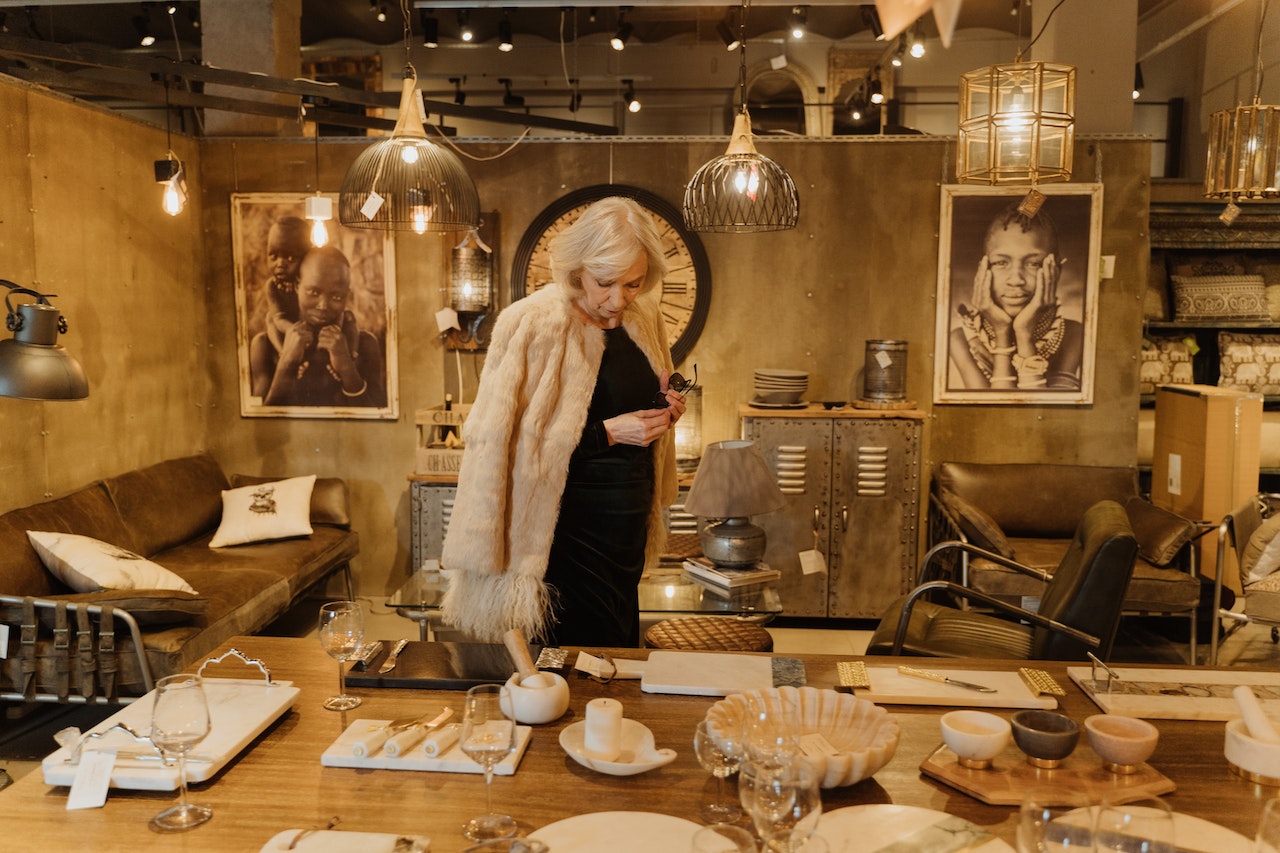5 Trends Redefining the Consumer Experience for Your Business


In today’s ruthlessly competitive business landscape, the only way to survive is to provide an exceptional customer experience. The problem is that the definition of “exceptional” is always changing. Just when you think you’ve got a handle on things, along comes a new trend that shifts the goalposts.
With so many choices available at the click of a button, businesses need to find ways to stand out from the competition and give their customers what they want. If you don’t stay on your toes, you could quickly find yourself falling behind.
In the past, businesses were able to get by providing a good product or service at a reasonable price. But now, customers have become much more discerning. They’re not just looking for a good deal; they’re looking for an exceptional experience that will make them want to come back for more.
So, what are the latest trends that are redefining the customer experience? Let’s go over five of them below.
1. Seamless Omnichannel Experiences
Omnichannel experiences are those that provide a consistent experience across all channels, whether it’s in-store, online, or mobile. Customers expect to be able to seamlessly move between channels without losing any data or having to start from scratch. Businesses that can provide this type of experience will have a major advantage over those that can’t.
Think about it from the customer’s perspective. If you’re looking for a new pair of shoes, you might start by doing some online research. Once you’ve found a few pairs that you like, you might head to a store to try them on. But if the store doesn’t have your size in stock, you’ll probably just go back to the website and make your purchase there.
Omnichannel experiences need to be carefully planned and executed, with a focus on providing a consistent and convenient experience for the customer at every stage.
2. Personalization at Scale
Customers expect businesses to be able to anticipate their needs and provide them with relevant, personalized content and experiences. Thanks to advances in technology, businesses are now able to personalize at scale, meaning they can provide each customer with a unique experience that is tailored to their specific needs and preferences.
If you work in the restaurant industry, for example, not only do you have to improve the restaurant’s efficiency, but you also have to make sure that each customer feels like they are your only customer. This involves everything from providing them with personalized recommendations to sending them follow-up emails after their visit.
It’s essential to get everyone on your team involved in the personalization process. Just as listening to F&B experts can help you to improve your restaurant’s menu, involving your sales team in the personalization process can help you to develop a better idea of what your clientele wants.
3. Augmented Reality and Virtual Reality Experiences
With the release of affordable virtual reality headsets, augmented reality is beginning to make its way into the mainstream. Consumers are now expecting businesses to provide immersive experiences that go beyond what is possible in the physical world.
For example, home furniture retailers are now using AR to allow customers to visualize how pieces would look in their homes before they buy them. Businesses that can provide these types of experiences will have a major advantage over those that can’t.
4. Chatbots and Artificial Intelligence
Chatbots are computer programs that simulate human conversation using artificial intelligence (AI). They are increasingly being used by businesses as a way to provide customer support and perform other tasks such as taking orders or answering FAQs.
Thanks to advances in AI, chatbots are becoming more and more realistic and are beginning to replace humans in some customer service roles. This trend is only going to continue as AI technology gets better and better.
Handing off the task of answering customer queries to a chatbot frees up your team to focus on more important tasks, such as developing new products or services. Once you implement this, you can expect your daily stand-ups to be a lot more productive.
5. The Internet of Things (IoT)
The IoT is changing the way businesses interact with consumers and is opening up new opportunities for marketing and sales strategies that were not possible before.
For example, the IoT can be used to gather data about customer behavior and preferences. This data can then be used to personalize the customer experience and offer them relevant products and services.
The IoT is also changing the way businesses sell their products and services. For example, many car manufacturers are now offering subscription-based models that allow customers to pay for their car as a service, rather than a one-time purchase.
The IoT is still in its early stages, but it’s already clear that it’s going to have a huge impact on businesses and consumers alike. So if you’re not already thinking about how the IoT can be used in your business, now is the time to start.
These are just a few of the trends that are redefining the consumer experience. As a business, it’s important to stay up-to-date on these trends and find ways to incorporate them into your company culture. Doing so will not only improve your customer experience, but it will also give you a competitive advantage that won’t soon be forgotten!






